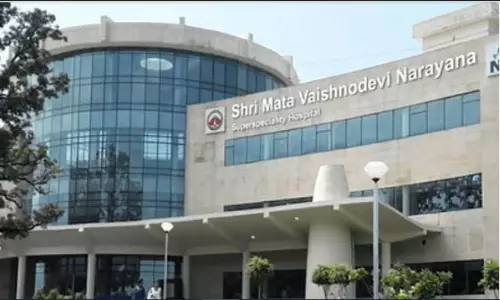
ISRO to receive the largest payload for mission to the Sun tomorrow
text_fieldsBengaluru: The Indian Institute of Astrophysics (IIA) has built the Visible Emission Line Coronagraph (VELC) which will be the largest payload to fly on Aditya L1. It was formally handed over to ISRO Chairman S Somanath at IIA's CREST campus on Thursday to be part of India's first dedicated mission to study the Sun.
Aditya L1 is expected to be launched in mid-2023.
Aditya L1 is the first space-based Indian mission to study the Sun from a halo orbit around the Lagrangian point 1 (L 1) of the Sun-Earth system. "It's a milestone in the development of space astronomy in India."
It has seven payloads on board to observe the photosphere, chromosphere, and the outermost layers of the Sun. It will provide a greater advantage of observing solar activities and their effect on space weather, said officials at ISRO. CREST (Centre for Research and Education in Science and Technology) campus of IIA built VELC, the largest and most technically challenging payloads/telescopes on Aditya L1.
Aditya L1 was initially planned as Aditya-1 with a 400 kg class satellite carrying one payload (VELC) to be launched in an 800 km low earth orbit. It was revised because a satellite placed in a halo orbit around the L1 of the Sun-Earth system has the major advantage of continuously viewing the Sun without any occultation/eclipses. Now, it will be positioned in a halo orbit around the L1, which is 1.5 million km from the Earth towards the Sun.
Solar Ultraviolet Imaging Telescope, Aditya Solar Wind Particle Experiment, Plasma Analyser Package for Aditya, Solar Low Energy X-ray Spectrometer, High Energy L1 Orbiting X-ray Spectrometer, and Magnetometer are the other six payloads.











